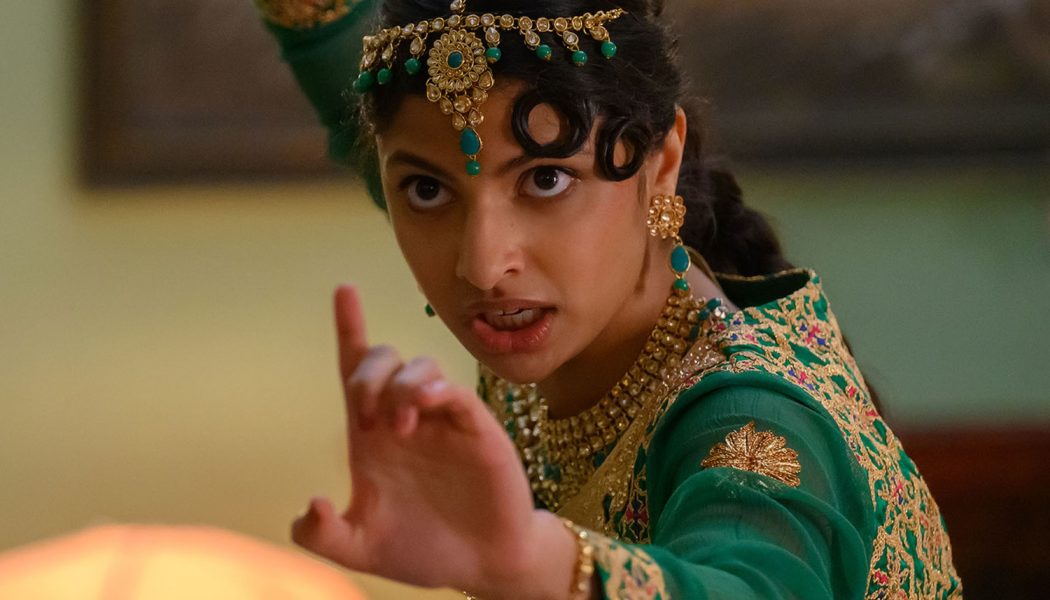It was a busy festival filled with gruesome horror, inventive sci-fi, and plenty more films that will be coming to theaters and streaming services in the coming months.
Share this story

As always, Sundance is a great preview for the year ahead, a chance to get a glimpse at some of the indie films that will be hitting theaters and streaming services over the coming months. This year, the festival returned to an in-person format after a few years online, and the lineup was pretty solid. It was a particularly good year for horror, with stories about evil fairies, depraved vacations, cursed hands, and a reimagining of Frankenstein. We also got some interesting new science fiction — including a movie that Hideo Kojima will almost definitely love — and plenty more.
Here are a handful of our favorites to keep an eye on.
Anyone over the age of 10 will likely be able to predict where the various plot threads in Aliens Abducted My Parents are going. They’re ones you’ve seen in countless family-friendly flicks before. But here, the familiarity breeds a sense of comfort, the same kind that comes from putting on a classic ‘80s romp from Steven Spielberg or Robert Zemeckis. It works in part because of the sweet chemistry between Buster and Tremblay and also because — as you can probably guess from the title — the movie isn’t afraid to get weird. There’s goofy gadgetry, questionable science, and just generally a lot of silly humor. And as predictable as it can be, it gets pretty real toward the end, with a gut punch that stands out in an otherwise lighthearted picture. It also does a great job of keeping its big mystery a secret until just the right moment.

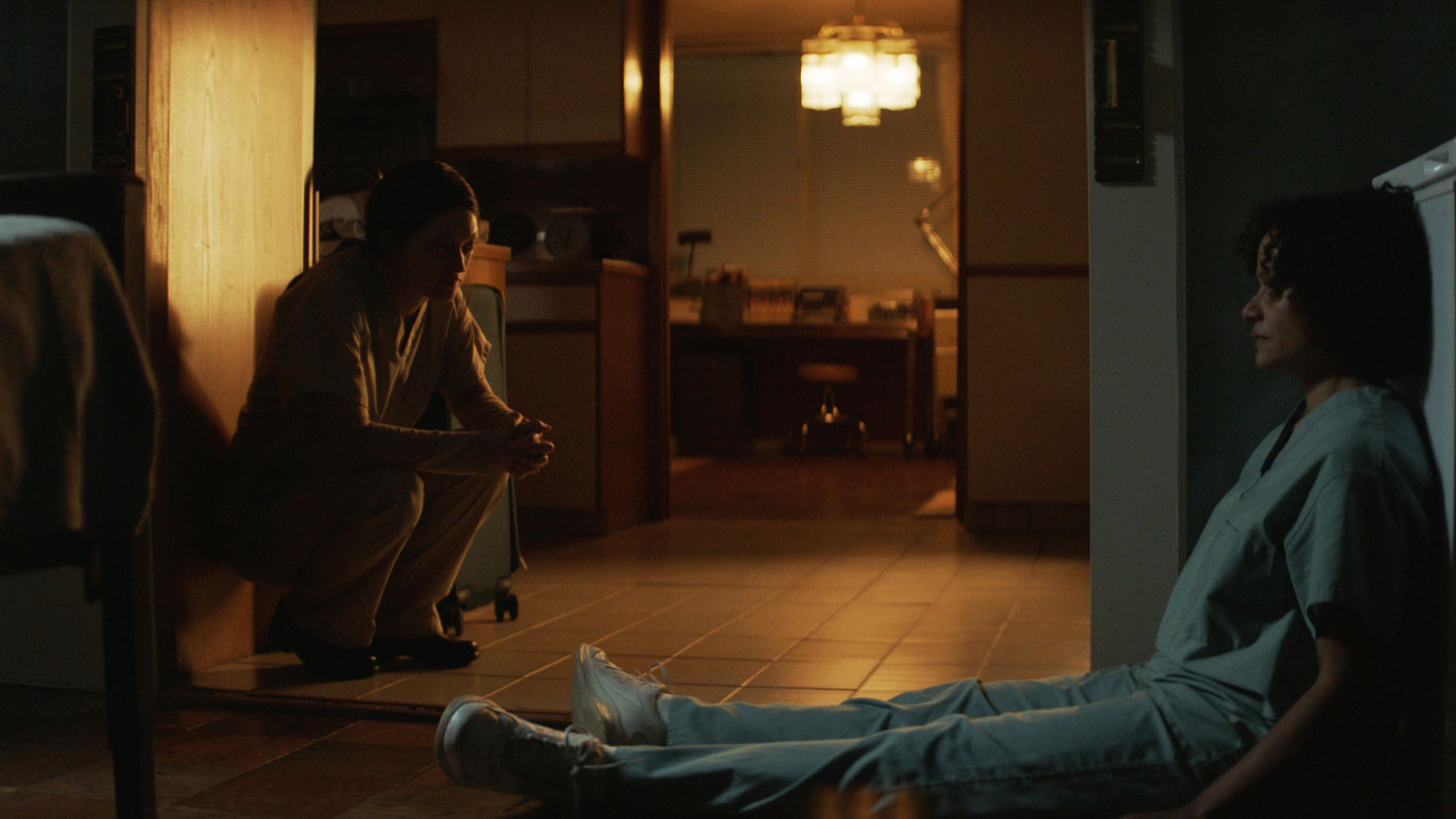
Though it’s very much a story about people trying to conquer death with science, the unexpected genius of Birth/Rebirth lies in the way it frames Celie and Rose not just as mad scientists but also as people whose personal experiences with grief become the core of a connection they both desperately need. There’s a pointedly sociopathic alienness to the way Ireland inhabits Rose and her mannerisms that never really goes away as she and Celie, who Reyes portrays with a blend of embittered passion and hope, become something akin to friends and accomplices in a series of depraved crimes. But Birth/Rebirth is careful to remind you how much of what they’re doing is born out of love and rooted in a belief that women should be in full control of their reproductive lives.
At a time when shows like House of the Dragon have demonstrated how Hollywood still has a fondness for spotlighting the many ways that childbirth can kill women, Birth/Rebirth stands out as an example of how that reality can be depicted on-screen in all its horror without feeling voyeuristic or devoid of any substance. That’s not to say that Birth/Rebirth isn’t at times a difficult film to sit through — it definitely is — but the disconcerting sense of dread it leaves you feeling is crafted with the deftest of hands. It’s sure to be one of Shudder’s most talked-about movies when it debuts sometime later this year.

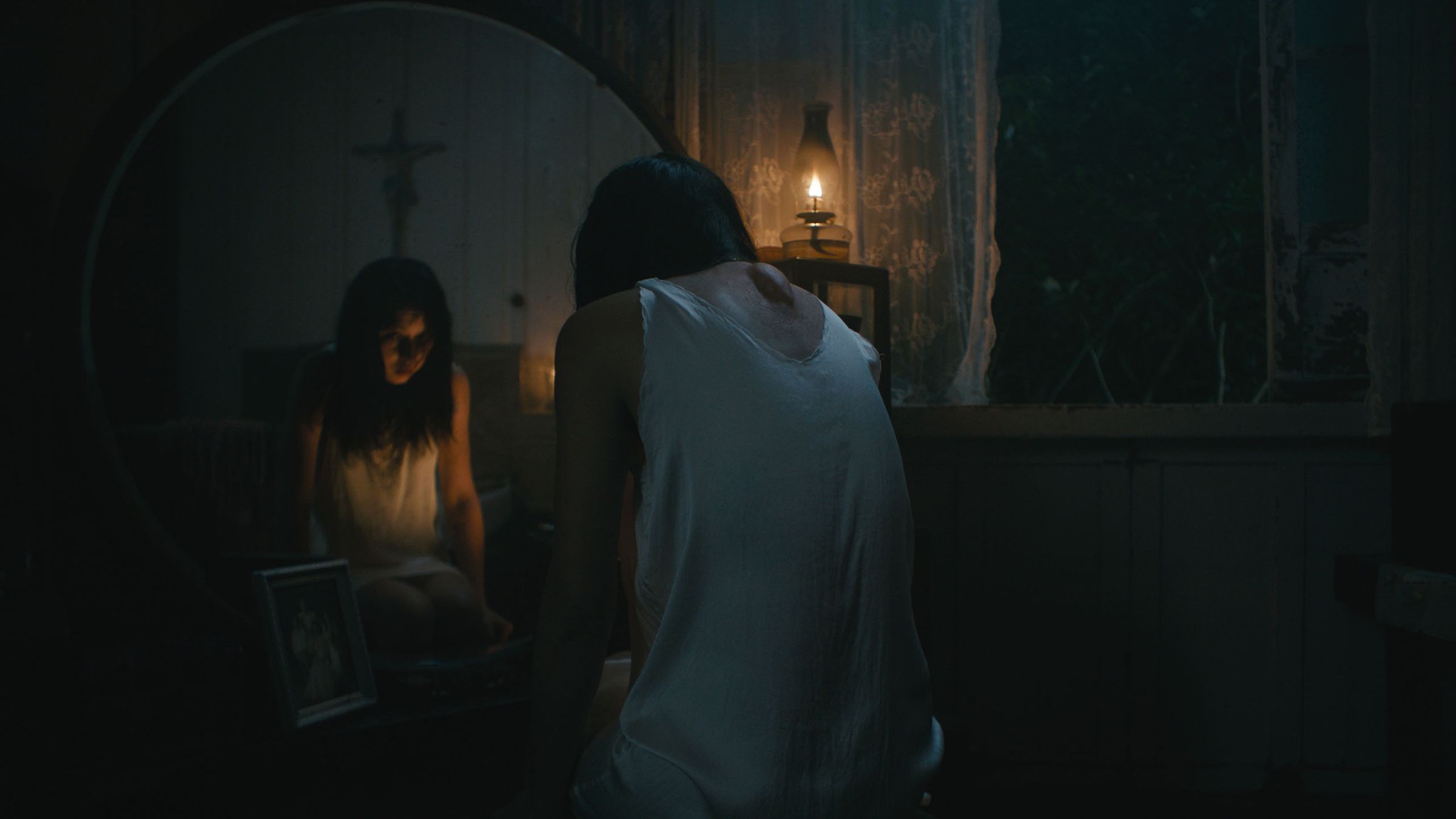
There are a few things that In My Mother’s Skin does notably well. It’s very efficient with its scares; it spends long periods of time building up the dread, with slow panning camera shots filled with lots of “what the hell is that!” moments just waiting for you to spot. And when you do finally see the creatures and the violence they inflict, and all the ensuing blood, it’s so absolutely ferocious that, at times, I had to look away. (I watched this movie right before going to bed, which I wholeheartedly do not recommend.) There are also some fantastic performances here; Gonzalez is the stuff of nightmares when she turns it on, Curtis-Smith manages to inhabit both the light and dark of a possibly evil fairy, and Napuli turns in a shockingly impressive vision of a child terrorized by supernatural forces. It all wraps up with an ending that is both open to interpretation and extremely messed up.
Perhaps the strangest thing about In My Mother’s Skin is where most people will end up watching it. Ahead of Sundance, where the film premiered, Amazon announced that it had acquired the rights and that the movie would hit Prime Video before the end of 2023. It’s a strange place for an independent Filipino horror movie that will join an eclectic lineup dominated by an incredibly expensive TV show — but I’m just glad it has a home, as it’s one of the most terrifying things I’ve watched in a very long time.
Even the worst vacation you’ve ever had — screaming kids, delayed flights, cruise ship food poisoning — has nothing on Infinity Pool, the latest from director Brandon Cronenberg (son of body horror master David Cronenberg). What starts as an escape to a picturesque resort swiftly turns into a bizarre and gruesome game of violence and brutality, with a little existential horror thrown in for good measure. Infinity Pool doesn’t fully explore the elements that kick off its high-concept premise, but it’s worth it to watch two talented actors absolutely lose their shit.

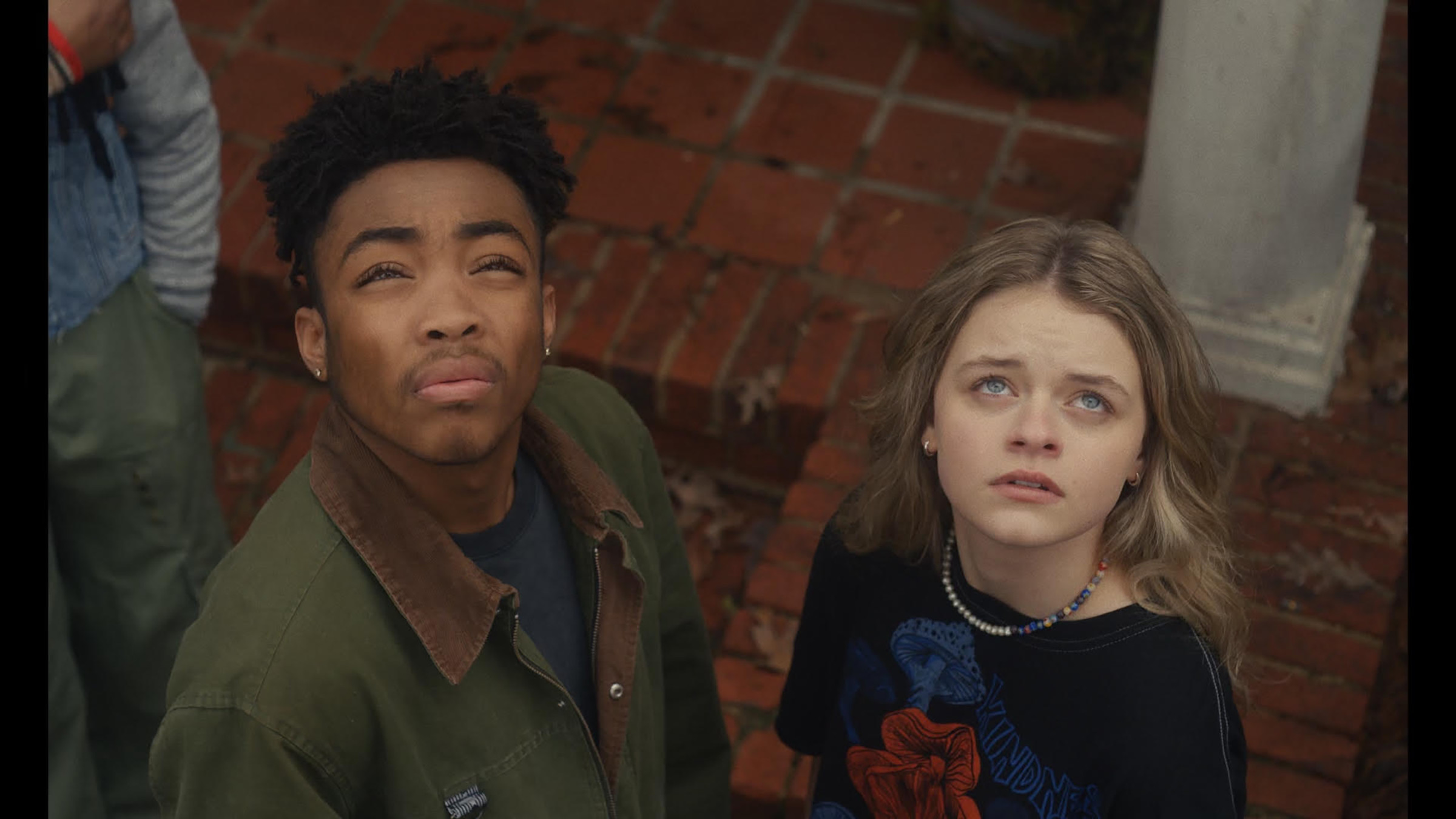
In Landscape With Invisible Hand, the alien invasion doesn’t incite violence or an all-out galactic war: it screws up the economy. The sci-fi flick from director Cory Finley, based on a novel by M. T. Anderson, premiered at this year’s Sundance Film Festival. It takes place in a future where an alien race has descended on Earth, bestowing advanced technology and the riches that come with it — but only for the human elite. What follows is a somewhat messy fable about capitalism and art, one that looks at the aftermath of an invasion rather than the event itself.

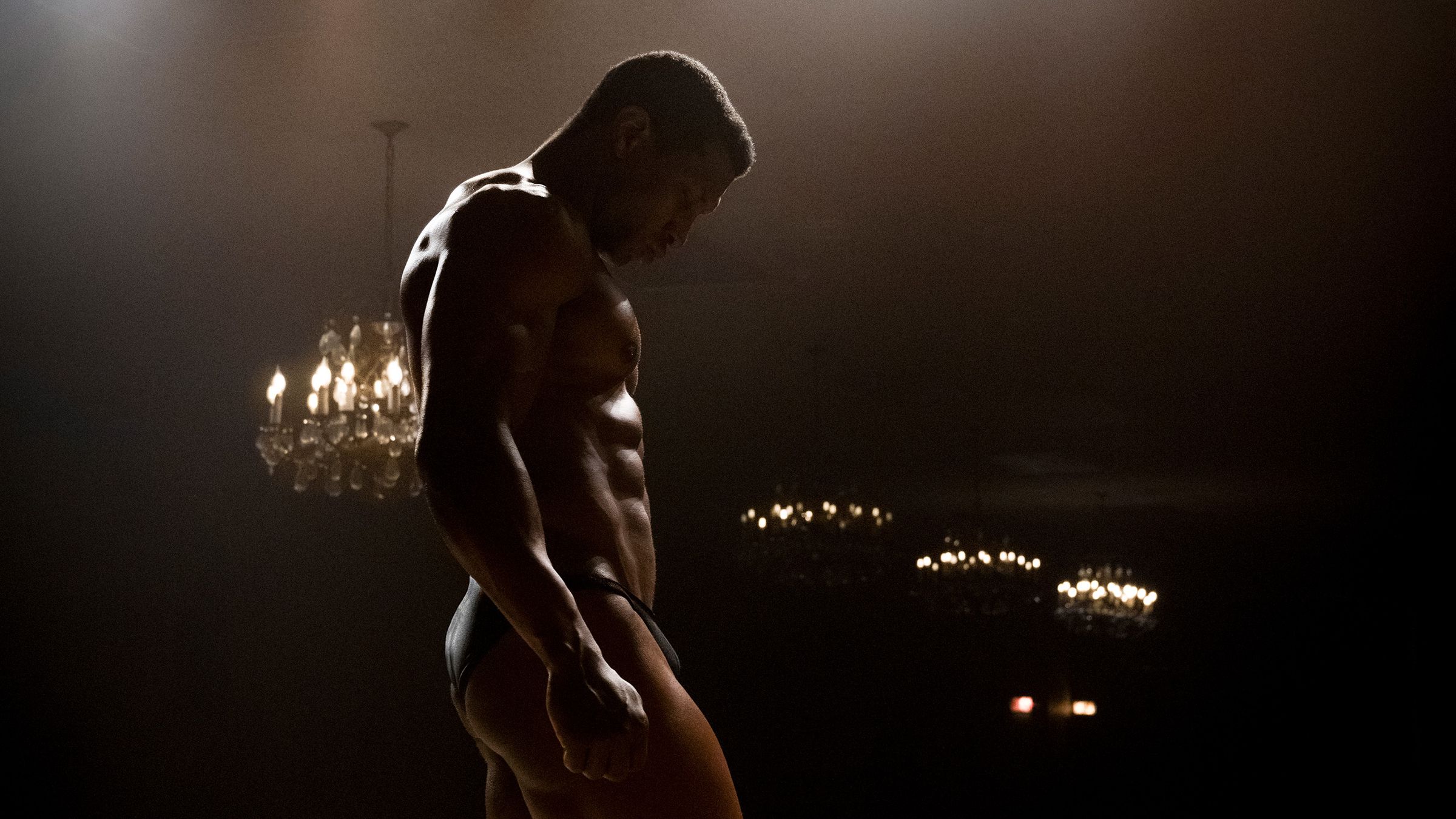
When Jonathan Majors takes to the bodybuilding competition stage in writer / director Elijah Bynum’s arresting new drama Magazine Dreams, it’s impossible not to feel as if the movie’s in direct conversation with the way that its lead star’s fame has become wrapped up in the public’s fascination with his body. Magazine Dreams’ deep dive into the life of an obsessive, aspiring pro lifter longing for a shot at fitness fame is one of the most difficult pieces of cinema to debut at this year’s Sundance Film Festival. But as it’s breaking your heart and making you sweat, Magazine Dreams is also laying bare many painful truths about what it means to be trapped in a world where objectification and dehumanization are the prices you have to pay for a shot at stardom.

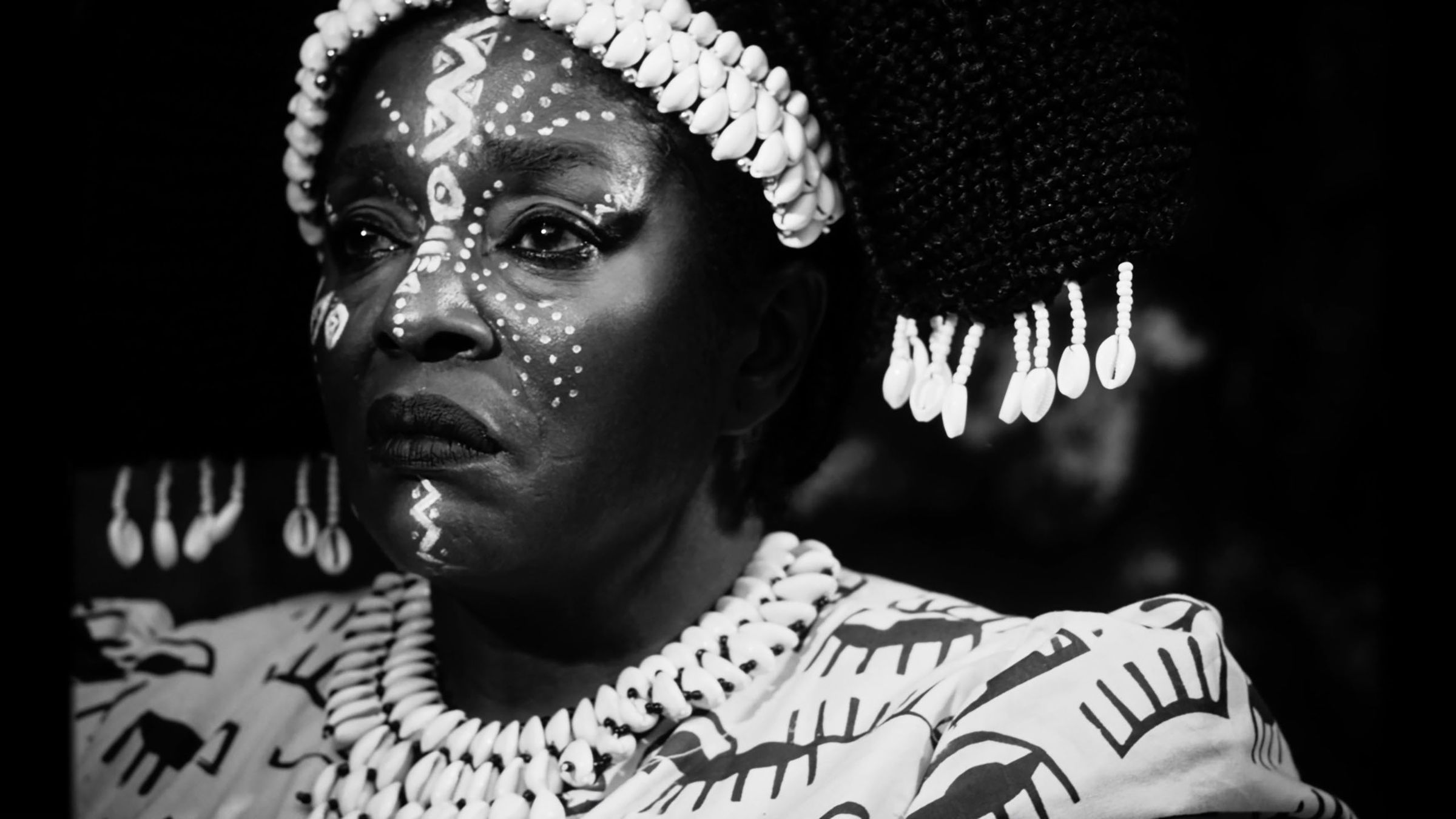
Out of all the films that debuted at this year’s Sundance Film Festival, none were quite as visually striking as Nigerian writer / director C.J. Obasi’s Mami Wata, a monochromatic modern-day myth about a small village during a time of upheaval. One doesn’t need to be familiar with Mami Wata’s eponymous embodiment of the divine feminine to appreciate its story about multiple generations of women doing everything in their power to keep their people safe. But as you let Mami Wata wash over you, the film paints a picture of people fighting to understand their beliefs in forces larger than themselves. And in each of those people, you can see shades of Mami Wata.

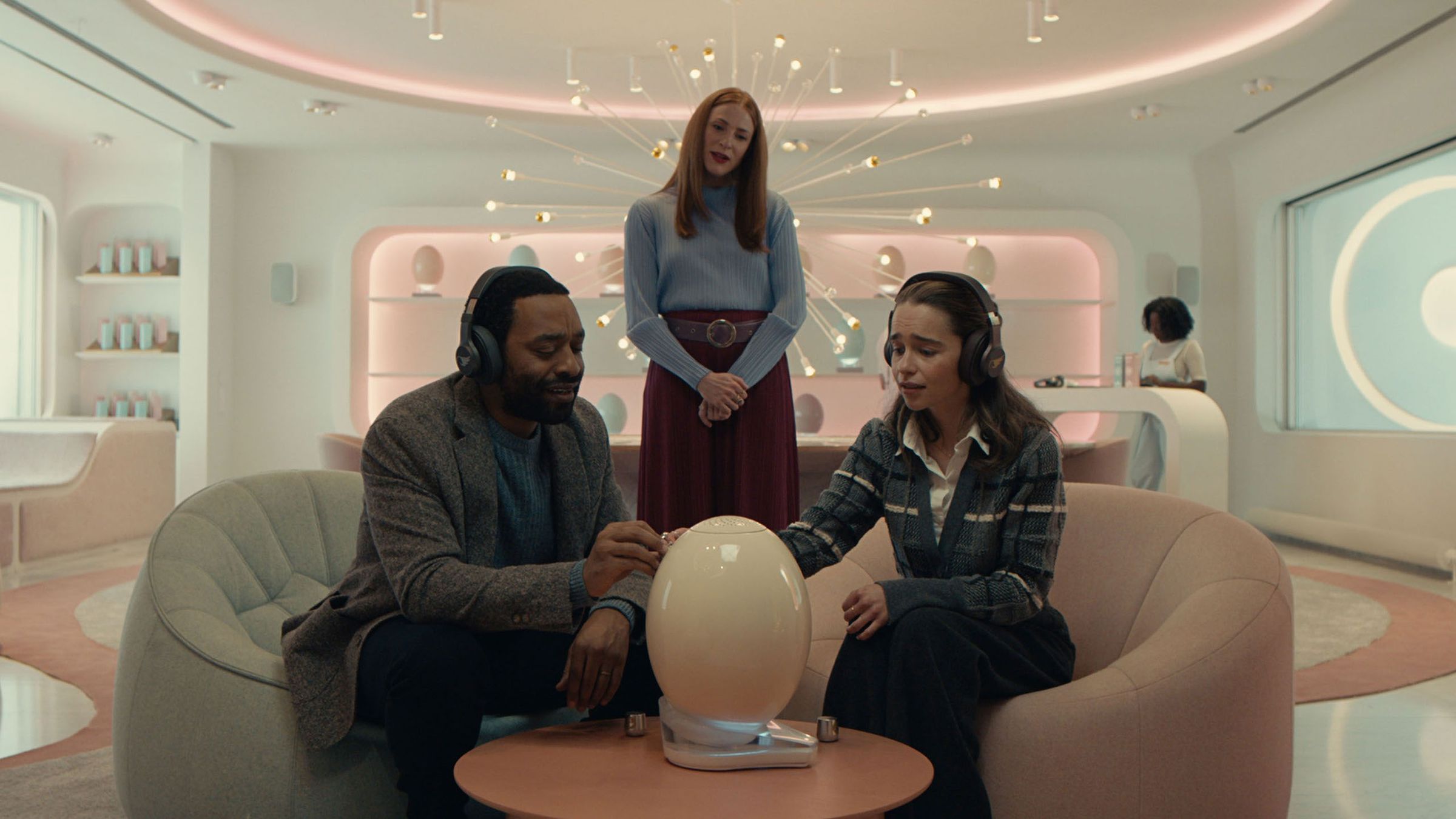
In writer / director Sophie Barthes’ peculiar new sci-fi satire The Pod Generation, there’s little doubt or disagreement about how overworked, hyper-surveilled, and disconnected from nature many people are. Set in a near future where things like freshly 3D-printed toast have become the norm, most everyone understands how deeply messed up it is that their child-obsessed society’s given up on any semblance of a public educational system. People who have quality healthcare through their jobs know that they’re a privileged class, and it’s no secret how that kind of stratification can be harmful. It’s just that people are far, far too enamored with and preoccupied by the beautifully designed technology that controls most aspects of their lives to care.
There are a lot of movies you could compare Polite Society, the debut feature film from Nida Manzoor, to. It has bits of John Wick, Bend it Like Beckham, and Scott Pilgrim vs. the World all mashed together into an over-the-top story of family drama. But it’s also very much its own thing — and it’s an absolute blast the whole way through.
The story centers on Ria Khan (Priya Kansara), who dreams of being a stuntwoman, spending most of her time training and making videos for her YouTube channel. No one else really believes in her except for her sister Lena (Ritu Arya), an art school dropout who struggles under the expectations of her parents. The dramatic twist is something seemingly simple: Lena meets Salim (Akshay Khanna), the son of a wealthy family, and after a brief stint of dating, the two get engaged.
For Ria, this is basically the end of the world, and she hatches a plan to free her artistic sister from the clutches of marriage. What follows is a delightfully ridiculous romp, as Ria uses her budding action movie skills to fight her way to the truth. There’s a twist that requires a big leap of logic, but it’s easy to look past because Polite Society is just so fun, from the surprisingly slick action sequences to the daunting villain played by the wonderful Nimra Bucha. But holding it all together is the hilarious, heartfelt performance from Kansara, which is the glue that makes all of the film’s disparate parts stick together. – Andrew Webster

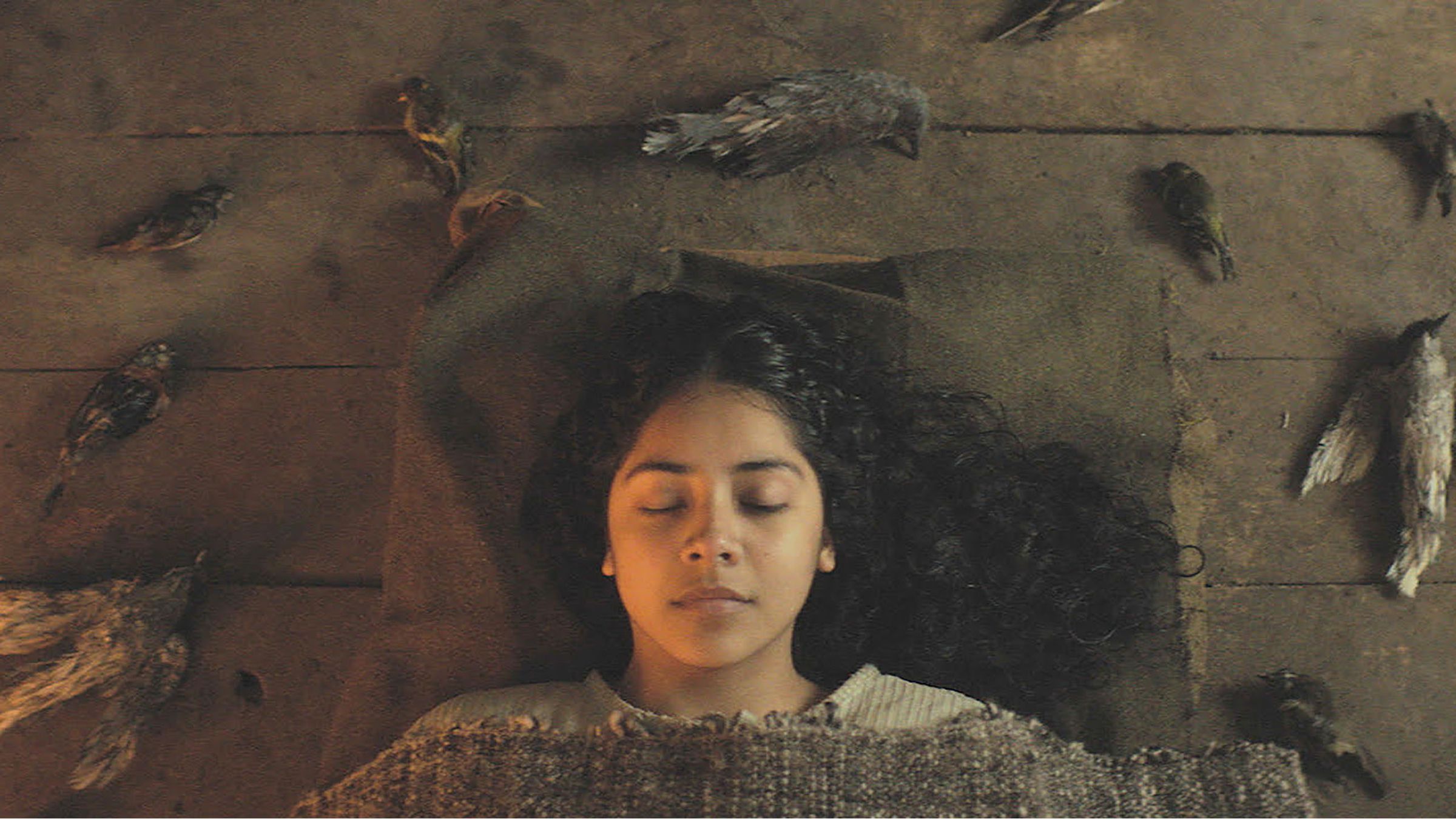
In writer-director Christopher Murray’s Sorcery, the indigenous Huilliche ancestry of a 13-year-old Chilean girl named Rosa (Valentina Véliz Caileo) makes her an imperiled third-class citizen in her small late-19th-century island town. Rosa’s a devout Christian and a diligent worker for an imperious family of German settlers, but neither her faith in Jesus nor her sense of duty is enough to keep her employers from murdering her father in a fit of sanctimonious rage. Though the idea of renouncing her belief in Christianity and its God was once unthinkable to her, it’s all Rosa can do at first to feel some sense of control in her chaotic life. But when Mateo (Daniel Antivilo), the enigmatic leader of a local group of Huilliche witchcraft practitioners, takes Rosa in, her heritage starts to play a very different role in her life, and she sets out on a mission to avenge her father’s death.
Sorcery’s a poignant story about how people can channel powerful feelings like grief and love into forces that feel almost supernatural, but it’s also a very haunting tale about native peoples rallying together to push back against the destruction wrought by settler colonialism. From Mateo’s teachings, Rosa’s able to gain a deeper understanding of how the persecution of her people and their faith stems from a fear of the innate power that they, the natives of the land, have always possessed. While Rosa’s driven by an all-consuming rage that pushes her to make things right by getting even, Caileo portrays her with an uncanny kind of controlled, simmering tension that speaks volumes even when she’s silent.
Cinematographer María Secco captures Chile’s natural beauty with a foreboding, majestic quality that serves as a constant reminder of what gives Rosa her strength. By showing you just how rooted in nature Rosa’s magic is, Sorcery leaves little doubt about who its demonic monsters really are. – Charles Pulliam-Moore


What follows is a fairly standard ghost story, but one that’s elevated by urgency and brutality. Seriously, when bad things happen in this movie, they’re really bad — “I had to look away from the screen” bad. Possessed kids brutalizing themselves, horrifying visions of the afterlife, and deaths that, even when you see them coming, are so violent you can’t help but wince. That’s perhaps to be expected from a film helmed by the proprietors of a YouTube channel full of goofy and gory videos. But the Philippou brothers show a remarkable amount of restraint in Talk To Me. There’s more to the violence than pure shock value; it punctuates the story, which — once it gets going — moves at an unrelenting pace. The twists and turns aren’t necessarily all that surprising, in retrospect, but they come at you so quickly that it feels like you barely have a minute to catch your breath.
If nothing else, Talk To Me is a shockingly competent debut — and not at all what I expected from a horror movie made by YouTube stars. It may be a movie about viral videos — but the film itself is much more than an extended YouTube skit.
